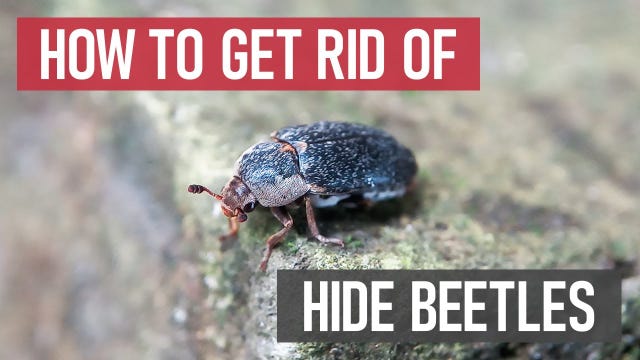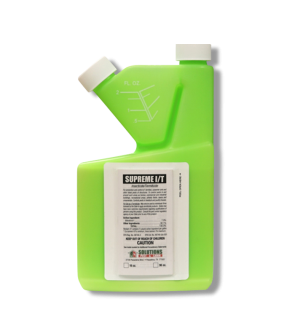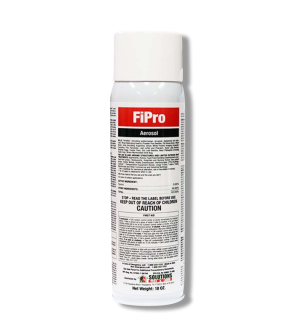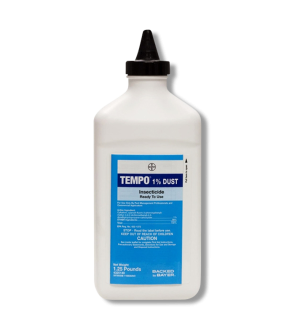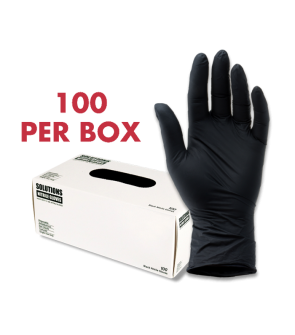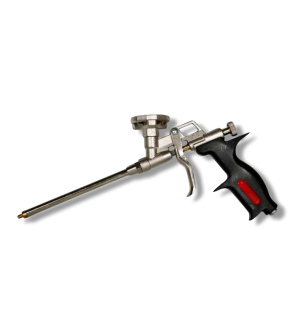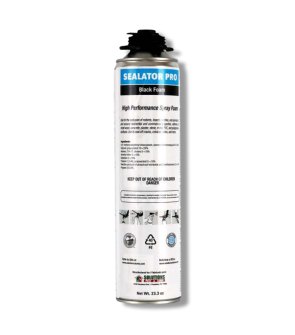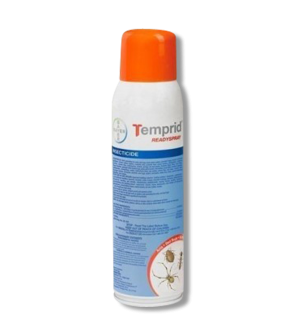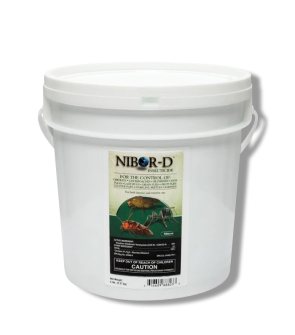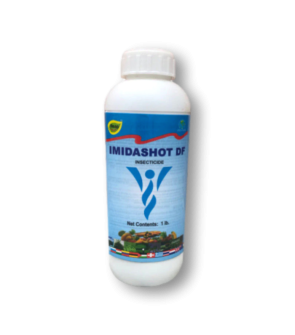Gain access to personalized product screening, the best pricing, rewards, and more!
Most Effective Products
Hide Beetles Control: How To Get Rid of Hide Beetles
This page is a general hide beetles control guide. Using the products and methods suggested, you will get control over hiding beetles. Follow this guide and use the recommended products, and we guarantee 100% control over hide beetles.
Don’t let the name confuse you; hide beetles aren’t named as such because they like to hide. Though they do a good job of hiding, when you’re looking for them, they are named hide beetles because of their affinity to feast on dead animal hides. That is also why they are alternatively called skin beetles or leather beetles. Other common names for this pest are tallow dermestid, fox beetle, prickly carpet beetle, spotted carpet beetle, taxidermy beetle, and thorny bacon beetle.
While infamous in museums for targeting animal exhibits and preserved specimens, these beetles can also break out in homes to ruin food and furniture. Hide beetles are closely related to carpet beetles, but they are different pests that fall in their own class.
Hide beetles have such a ferocious appetite for flesh and hair that they are used in forensics when a dead body needs bones cleaned for examination. While they can be beneficial in such cases, if they make their way into your home looking for things to feed on, this can cause a considerable problem.
If you encounter an infestation of hide beetles, follow our helpful DIY guide below to learn how to eliminate this problem pest using professional products and techniques.
Identification
Before you can proceed with treatment, you must be sure that the pest you are dealing with is a hide beetle and not some other insect. Misidentification can lead to using the wrong treatment methods and products, which can be a large waste of time and money. Some of the defining characteristics of the hide beetle include the following:

- Hide beetles are oval-shaped beetles that range between 6 to 13 mm long.
- They are dark brown, gray, or black, have a rough texture, and usually have a white underside. White hairs border the pronotum, and golden hairs on their back. Additionally, the antennae ends in a 3-segmented club.
- Larvae are brown to blackish-blue, covered in long-hairs, cigar-shaped, and about 13 mm long when mature. At the last body segment end, you will find a pair of horn-like spines (called urogomphi) that curve upwards and towards their head ends.
- While hide beetles belong to the same family of pests called Dermestidae, and are closely related to carpet beetles, they are their own class of insects. As a result, they should not be treated the same. Some common physical differences between carpet beetles and hide beetles can be explained. Carpet beetles are smaller than hide beetles at 2 to 6 mm. Another physical difference is their coloration with carpet beetles ranging from brown, yellow, white, or black with speckles on their shells, whereas hide beetles will only have white markings and not these varying colors like the carpet beetle.
- Hide beetles are also commonly confused with larder beetles. These two share similar characteristics and feeding habits, however, they are different pests that require different approaches to treatment. To tell the two apart, pay attention to their coloration. While the wing covers of hide beetles are roughly uniform in color, larder beetles feature a yellow band with dark spots across their wing covers.
Use the description and image above to properly identify hide beetles on your property. If you are unsure, contact us, and we will have one of our pros assist you with correct identification.
Inspection
Once you have confirmed that you are dealing with hide beetles, you can move on to inspection. During this phase, you will need to find out where the hide beetles are located and the places they are infesting. This will help you in determining where to focus your treatment application.
Where to Inspect
Hide beetles in both their adult and larvae forms feed on dry animal carcasses (including the hide and skins), and even on human remains.
This pest may also feed on dried meats, cheeses, feathers, animal droppings, leather items, bones, wool, in pet food bags, tobacco, stuffed animals, dead insects and rodents in walls, and abandoned bird nests.
These pests also have the ability to burrow into wood, structural supports, insulation, paper, cardboard, cork, plaster, and styrofoam.
Most infestations occur outdoors but can be found indoors where the previous items are stored or kept. Look in rooms where animal hides and mounts are stored. Also, look around storage areas, poultry and livestock facilities, barns, garages, attics, basements, and in clothing lined with fur.
If any birds or rodents have invaded and nested in the attic or elsewhere in your home, their carcasses, when they pass away, provide attractive food sources for these beetles.
What To Look For
Hide beetles are mostly active during the warmer parts of the year when temperatures are between 65 and 85 degrees Fahrenheit.
These beetles will mostly be hidden away, but there are some tell-tale signs of an active infestation. Hide beetles are mainly active at night and hide in dark, secluded spaces during the day.
Watch out for shed skins, especially if you see large amounts in a specific area. Damages from this pest can be seen as round holes, approximately 6 mm in diameter.
Treatment
Once you have confirmed hide beetle activity, it is time to begin treatment. Remember to read all product labels, follow the application instructions on these labels, and stay safe by wearing the proper personal protective equipment (PPE).
To successfully get rid of hide beetles, you must perform a proper sanitization indoors and outdoors. Then create an outdoor crack and crevice treatment around your structure with Supreme IT.
If you have found hide beetles indoors, we recommend performing a crack and crevice treatment with FiPro Foaming Aerosol.
Step 1: Preliminary Cleanup
Before beginning treatment, you need to conduct a preliminary clean-up in preparation for applying control products.
Collect all infested items, wash and dry them, or dispose of them to remove all adult beetles and larvae that are hiding within.
Begin by washing and drying any infested item in high heat. Make sure the items can be washed and heat dried; if not, consider dry cleaning them or disposing of them.
For animal hides and skins, you can gently steam the fur side. Avoid steaming or watering the skin side, as this can cause damage.
Vacuum the floor, furniture, animal pelts, and corners of rooms to pick up any hide beetles. Be sure to empty and clean the vacuum contents outside, away from your home when you are done.
If you have found beetles infesting food in your pantry, you should dispose of everything in paper or thin plastic packaging. If you have found at least one infested package, odds are there are beetles and larvae in your other packaged foods.
Properly store paper and pet food in a plastic air-tight container with a sealable lid. If you have found hide beetles in the area then it would be best to throw away all items in an outdoor trash receptacle.
Step 2: Apply FiPro Foaming Insecticide Indoors

FiPro Foaming Aerosol is an effective, non-repellent insecticide that comes ready to use and expands quickly into sites as a fipronil-based foam. While not specially labeled, this pest is considered a wood-destroying pest, which this product is labeled to control.
Spray along the lengths and crevices where you suspect or have found hide beetles to hide in and allow the foam to expand.
In voids, spray long enough for the product to expand and cover the entire surface area.
When applied properly, wood-destroying pests such as hide beetles will travel through the treated areas without detecting the product and quickly perish.
Drilling of holes may be necessary to reach harborages of this pest.
One application of FiPro Foaming Aerosol will control treated areas for up to 30 days.
Step 3: Spray Supreme IT Insecticide Outdoors

Supreme IT is a bifenthrin-based liquid suspended concentrate that is labeled to treat over 70 different pests, including hide beetles.
When applied, Supreme IT will leave a residual chemical barrier that will control pests for up to 90 days after application.
This product will need to be mixed with water in a handheld pump sprayer or backpack sprayer.
Determine how much Supreme IT to use by measuring the square footage of the treatment area. Find the square footage by measuring the treatment areas' length and width in feet, then multiplying them together.
For crack and crevice treatments against hide beetles, use 0.33 to 1 fl. oz. of Supreme IT per 1 gallon of water per 1,000 sq. ft.
Spray this product into cracks and crevices in the exterior foundation, window frames, door frames, baseboards, and other voids in the walls.
For livestock and poultry housing structures, normal cleaning practices will need to take place after applications.
For unoccupied areas of poultry and livestock facilities, apply to floors, vertical and overhead surfaces where these pests may be present.
Feeders, waterers and feed carts must be covered before application to prevent contamination. Do not apply to milk rooms.
Do not let people or pets enter areas treated until the spray has dried.
Prevention
After the hide beetles have been successfully controlled, preventative measures must be taken to ensure they don't reinfest.
- Start by sealing any possible entry points. Make sure to seal or block all the small openings and obvious entry points around your property with either caulk or the Solutions Sealator Pro Black Foam. By blocking access to your property, hide beetles and other animals, such as rodents (which they will infest if the animal has perished within walls), will have a harder time infesting it. As a result, the hide beetle will not have cause to travel into your home or building in search of dead animal remains. Look for thin cracks and openings in the foundation, around window and door frames, and utility penetrations.
- Continue to store food and pet food outside of their original packaging and within sealable containers. By keeping food in air-tight containers, you can stop infestations from spreading. If an infestation starts inside a sealed container, that means the food was already infested before it went in, and you can throw it out without risking the rest of your pantry.
- Finally, keep up with the preventive applications of your pesticide products. Supreme IT will last for up to 90 days in normal weather conditions, and FiPro Foaming Aersol will last up to 30 days. You can apply Supreme I/T around your home’s perimeter quarterly and FiPro once a month to maintain control year-round.
Key Takeaways
What are Hide Beetles?
- Due to their destructive eating habits, hide beetles can become an annoying pest when they enter homes and other structures.
How to Get Rid of Hide Beetles
- To control hide beetles, we recommend using Supreme IT and FiPro Foaming Aerosol.
Preventing Hide Beetle Reinfestation
- Preventative applications of Supreme IT Insecticide, FiPro Foaming Aerosol, and exclusion measures to block off any points of entry are key to keeping a hide beetle reinfestation from happening.






